Holding Space at 10 14 gallery features several emerging artists who shine a light on interdependence in global communities


Holding Space at 10 14 gallery features several emerging artists who shine a light on interdependence in global communities
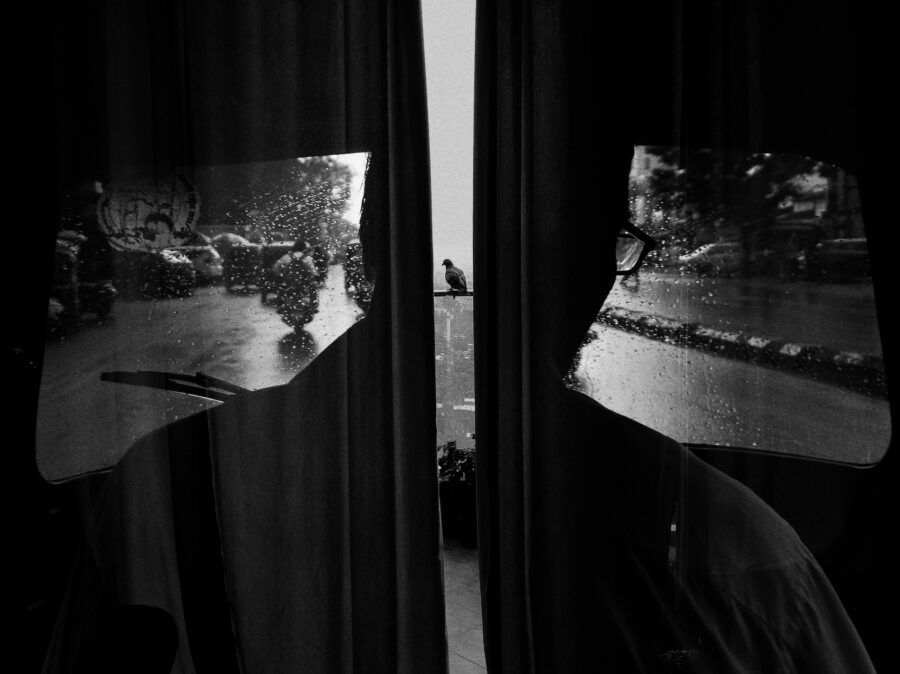
The photographer experiments with form in Daa.era whilst coming to understand mourning as a form of homecoming
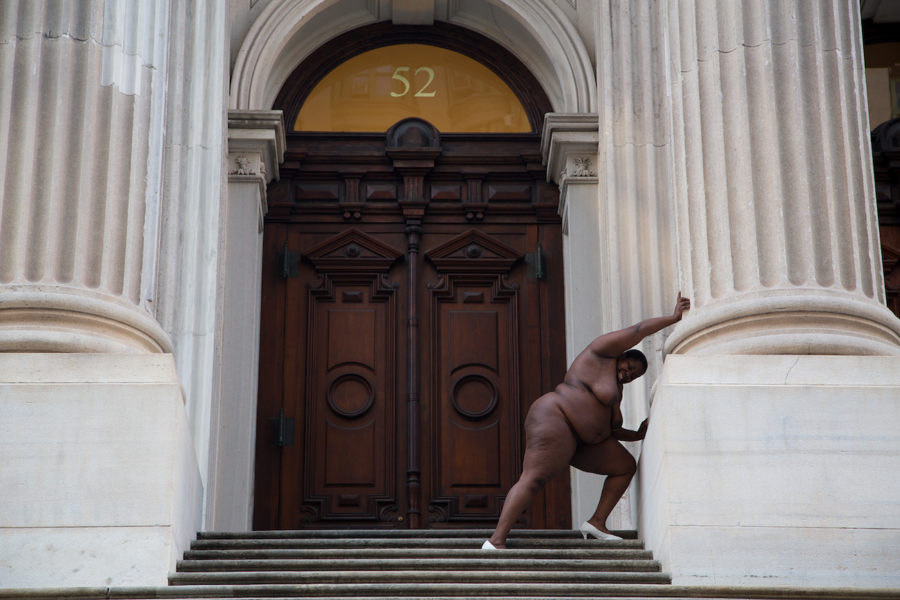
BJP is saddened to hear that photographer and visual artist Nona Faustine has passed away. In celebration of her life and work, we are republishing our interview on White Shoes, her alternative history of the USA and its slave trade
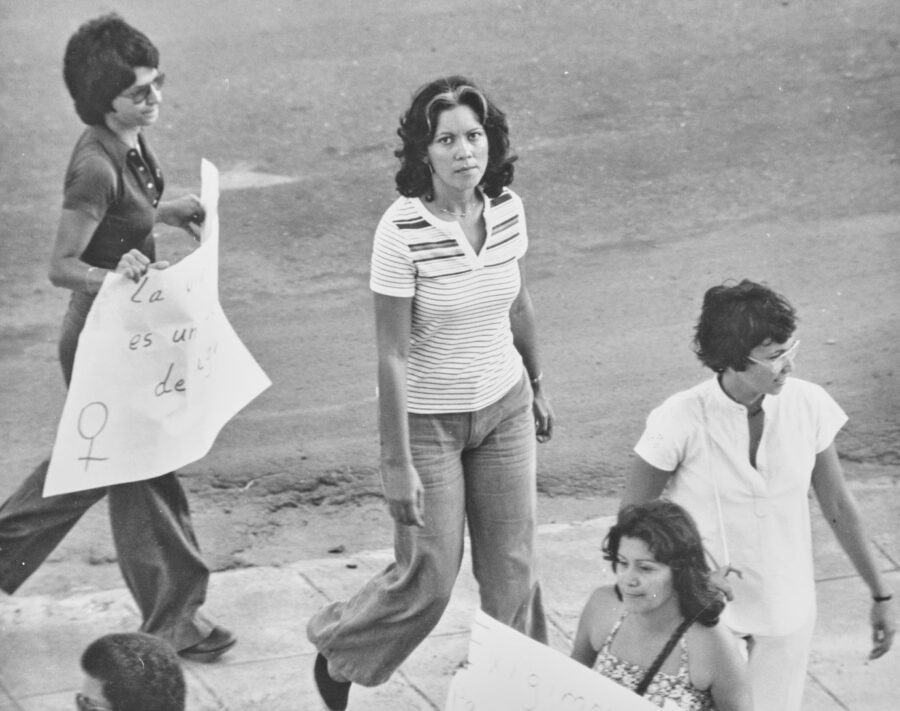
Questions around surveillance and control circle around the photography at FORMAT Festival, now on show in Derby
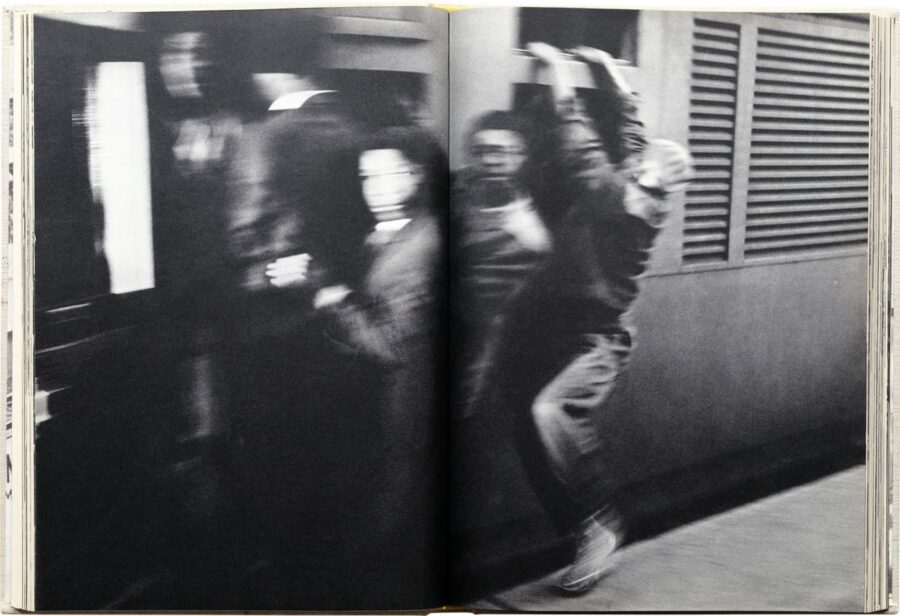
Charting the transformative power of protest photography across print media over seven decades, 10×10 Photobooks’s latest book redefines the visual language of dissent
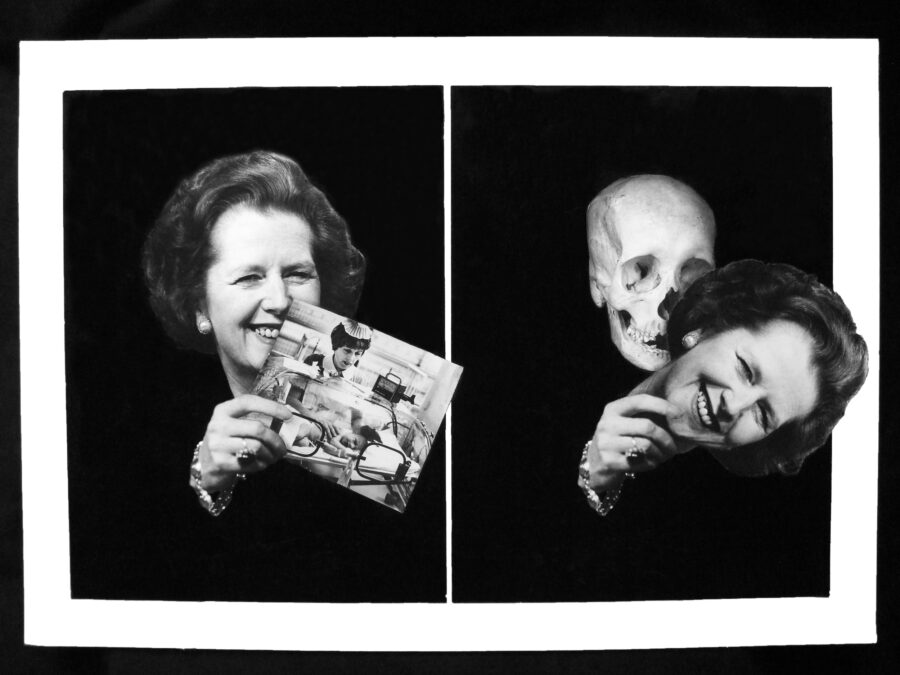
The show at the Whitechapel Gallery pays homage to the artist’s notable role in art-ivism, spotlighting his heavy use of archival photography and manipulating mass-produced images
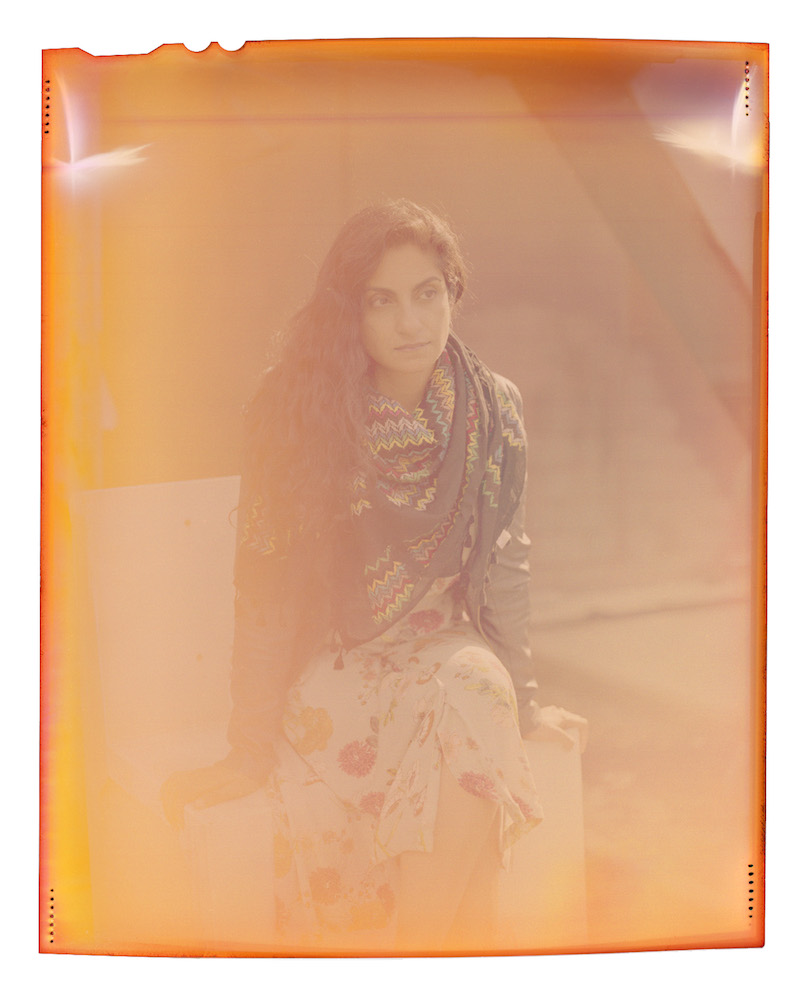
For almost a decade Morgan Ashcom thought his images of Palestine’s West Bank had been destroyed – now, after rediscovering the corrupted film, he considers them a metaphor for oppression

Despite the boldness of its statement, many of the exhibition subjects are absent from the work, given NI’s fraught record with LGBTQ rights
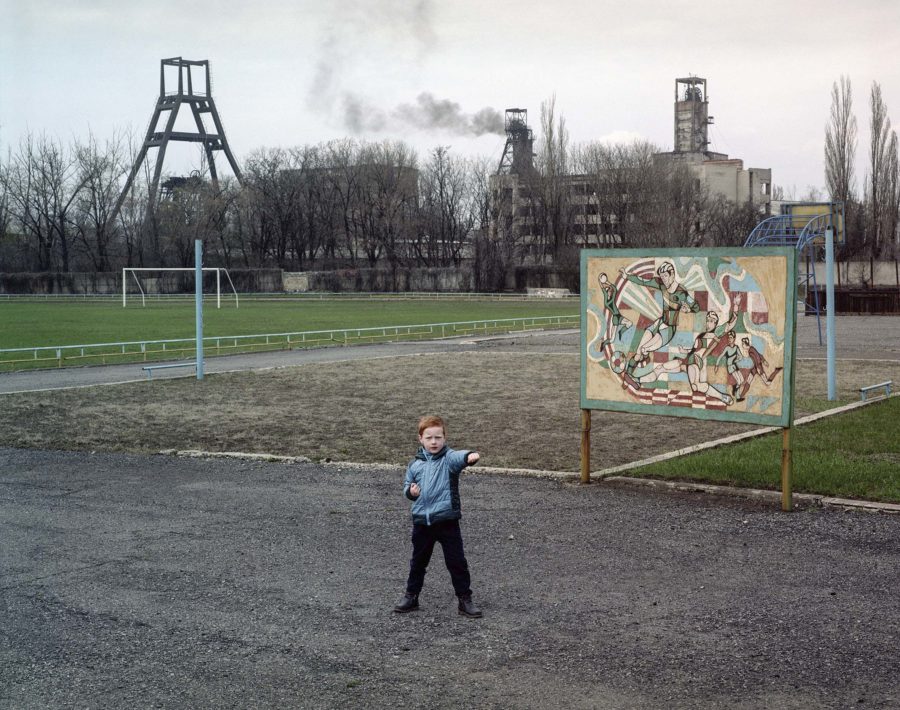
Speaking from Lviv, Neville shares his experience of the war in recent days and the reasons for making his latest book, Stop Tanks with Books, about the lives of Ukrainian people
Photography has always been closely connected to the act of protest and activism. The subjective lens can both aid a cause, and work against it when it comes to photographs of protest. Indeed, some of the most famous photographs in the world are images that have sparked movements, political policies or shifted public opinion so much so, that it has altered the course of history. When Thích Quảng Đức, a Vietnamese Mahayana Buddhist monk burned himself to death in Saigon in 1963 to protest the persecution of monks, the moment was captured by Malcolm Browne. The devastating act led to urgent negotiations surrounding the Buddhists’ plight with pressure from the White House. The image remains one of the most harrowing and poignant in photographic history.
In this Collection, we look back at the archive of protest photography, as well as contemporary events. Photographers and collectives are creating new archives – not as neutral photojournalism, but documenting with political motivation.